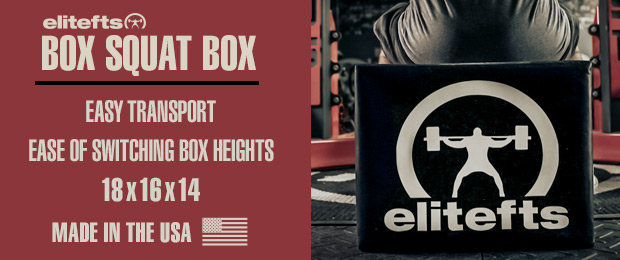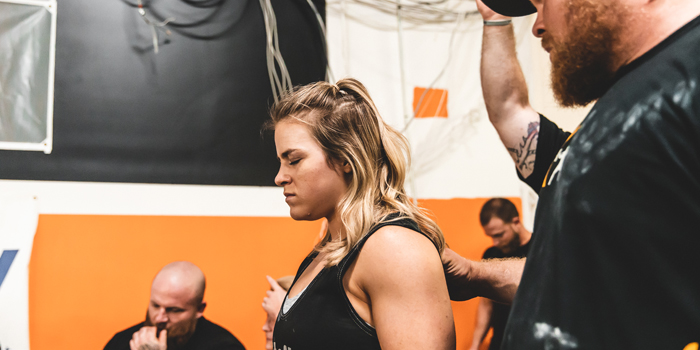
I am going to bring up a concept that isn’t often directly talked about, yet it has huge value in its application. I call this concept “peaking technically.” It is reeling in your training from general to specific as a meet approaches. It is changing and removing exercise variations along the way. It is setting yourself up to be as technically proficient as possible when you step onto the platform.
With how most of the powerlifting world trains today, they won’t have to worry about technical proficiency on meet day. Their high frequency, high specificity programs take care of it for them, as they rarely stray far from a competition-style squat, bench press, and deadlift. Peaking technically becomes very important when someone transitions away from a highly specific training philosophy to a conjugate approach.
RECENT: The Big Picture of Conjugate
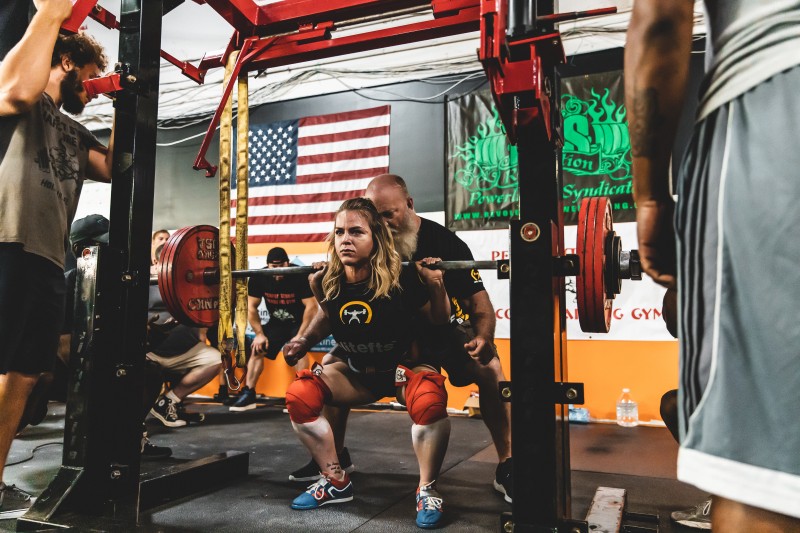
More often than not, when a lifter first implements conjugate style training, they’ll test their lifts only to find that they’ve stagnated or regressed. They are quick to blame their new training philosophy, as it is often echoed, “Westside doesn’t work unless… (insert claims about high squats, layers of canvas, and pharmaceuticals as you see fit).” When someone is following the principles laid out by Louie, their training will seldom involve the competition squat, bench press, and deadlift. If someone is new to following those principles, it will all too easy for them to get lost in the weeds with endless special exercise variations.
The most common reason cited for why Westside/conjugate doesn’t work is a lack of specificity. They are not wrong, but they aren’t entirely right, either. Yes, there is an inherent lack of movement specificity when it comes to conjugate, but there are many more layers to the specificity equation than the movement itself.
Force, velocity, time under tension, muscle fibre recruitment, and metabolism all play a role in specificity. The movement being trained is part of specificity, but how the movement is executed becomes of higher importance (Verkoshansky & Siff, 2009). When specificity as a whole is considered, I would argue that a max effort box squat with chains (when done properly, that is) is more specific to a competition squat than squatting five sets of three at 85 percent.
That takes care of most of the specificity argument, but if you are going to implement the conjugate method, what can you do about the movement side of specificity? When you apply the concept of peaking technically, you can mitigate the issues caused by training non-competition movements. Depending on where you are in meet prep, that lack of movement specificity can even be used to your advantage.
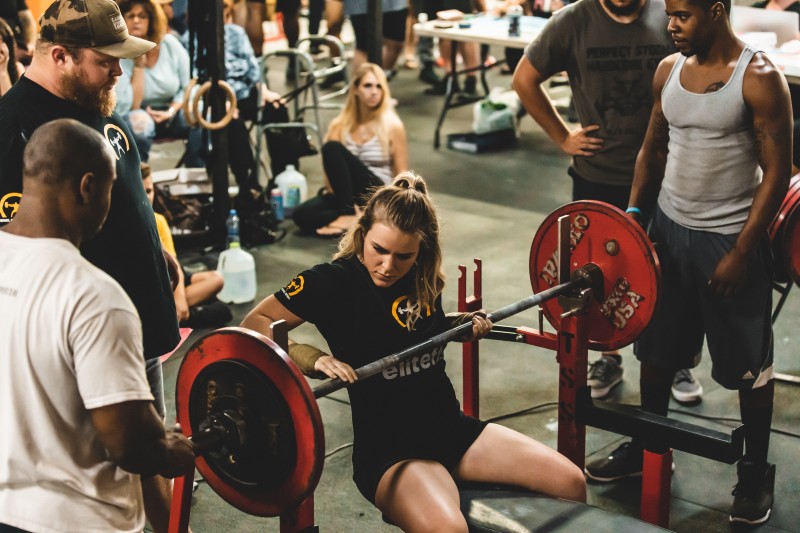
Many people agree that when you are preparing for a meet or test day, it would benefit you to have some sort of peaking strategy for your strength. With a conjugate style of training, because you are not relying on the competition lifts for a training stimulus, you need to have a strategy to enhance your technique through your peak. You need to ensure that you are technically dialed-in to perform on meet day.
I don’t want to get into the semantics of whether or not it is actually possible to peak in terms of technique. What I want to do is make the point that on meet day, a lifter needs to be strong both physically and technically. I firmly believe that you are not required to do the competition movements regularly, or ever, in order to hit PRs on them. On the other hand, I firmly believe that a lifter needs to be very practiced in the same planes as the competition movements in to allow them to hit PRs on meet day.
As I mentioned in my box squat article, a box squat isn’t going to build your free squat unless you are performing it in a way that carries over to your free squat. You can’t lose tightness, bounce off the box, and have it look nothing like your free squat and expect to get any carryover.
A similar idea can be applied to all of your max effort, dynamic effort, and accessory work. It needs to be performed in a manner that will carry over to your competition lifts. The movements will be different, but how you execute them should be mindful of the end goal.
RELATED: Don't Peak Too Soon: Strongman Training 2 Weeks Out
Further out from a meet, a lifter doesn’t need to be so concerned with movement specificity. Further out, a lifter can add variation to build weak points and become generally stronger. Further out, a lifter can add variation to allow for a greater stimulus from lighter weights. Further out, a lifter can add variation to reduce wear and tear.
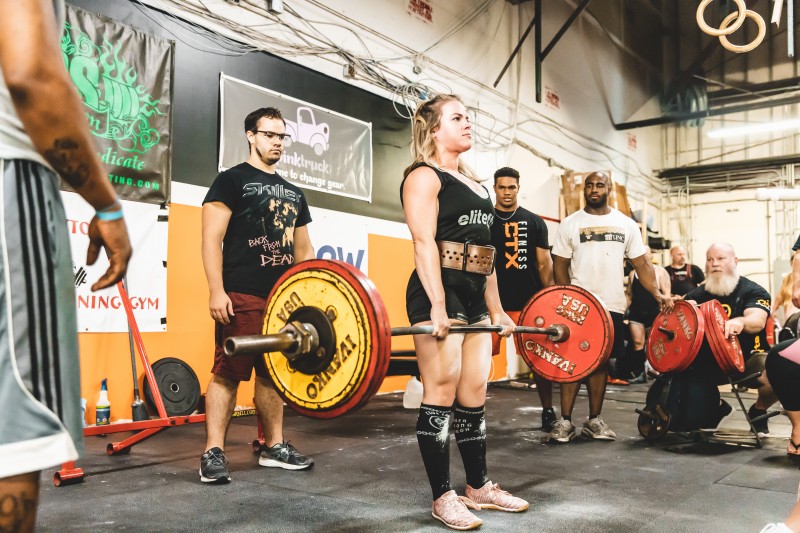
The closer a lifter gets to a meet, the greater the need for technical carryover from max effort work is. The max effort lifts don’t need to become the competition lifts; they only need to become closer variations.
As a lifter approaches a meet, their max effort lifts need to become close enough to the competition lifts that when they step onto the platform, there is zero second-guessing. Toward the end of a training cycle, the lifter needs to select their max effort work so that when they step on the platform they are only focused on the job at hand and not where the bar or their body is in space.
If I were to end my training cycle with max effort lower days consisting of ultra-wide high box squats, good mornings, and knee-high rack pulls, I would be in very rough shape come meet day. The thing is, those same movements would be highly valuable on a max effort lower day far out from a meet. If I were to end my bench training with nothing but close grip four-boards and close grip inclines there’s more than a chance that I’d bomb out. Once again though, those are lifts that would help me further from a meet.
On the other hand, if I were to handle some straight weight on a box squat and block pull five at and six weeks out, then box squat and pull from the floor with accommodating resistance at three and four weeks out, and then take a last warm-up or possibly an opener at two weeks out, I would be set going into the meet, I’d have finished my training cycle with variations of the competition lifts, but those variations are close enough that I wouldn’t have to change my execution when I stepped onto the platform. I would have ended my training cycle with zero doubt in my technique.
To succeed with conjugate, you need to end your training cycle on a note that leaves zero doubt in your form and technique. When you are peaking your strength, don’t forget to peak technically.
References
Verkoshansky, Y., & Siff, M. (2009). Specificity in training. In, Supertraining (6th ed.)(pp.27-32). Rome: Verkoshansky.
Seth Albersworth is a powerlifter with experience in and out of gear. His best totals are 2,000 pounds raw and 2,403 pounds multi-ply. Seth has completed his bachelor's degree in kinesiology from the University of Calgary and is currently studying to become a Doctor of Chiropractic at Palmer College of Chiropractic's Florida Campus.










